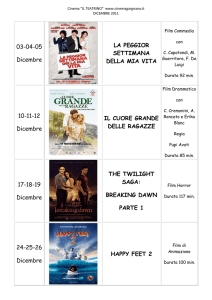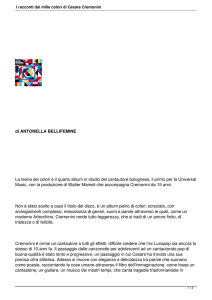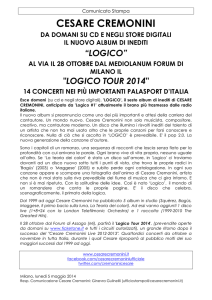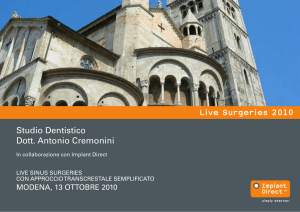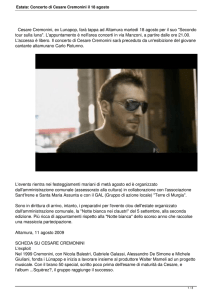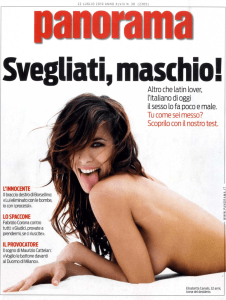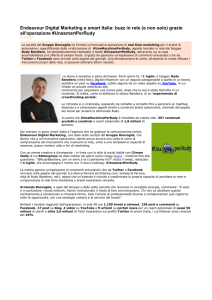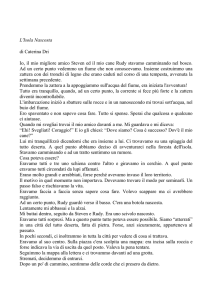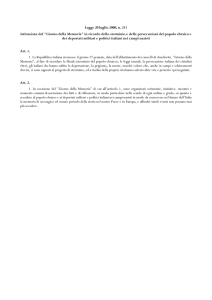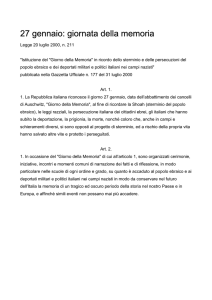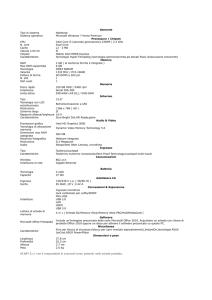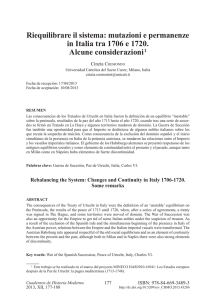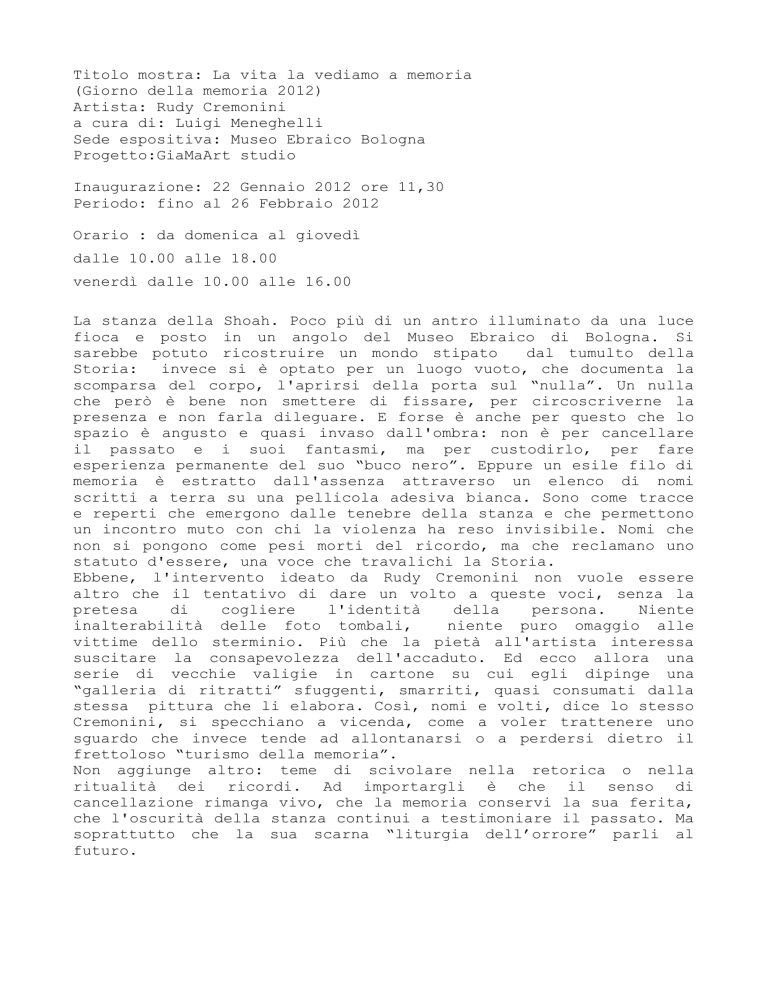
Titolo mostra: La vita la vediamo a memoria
(Giorno della memoria 2012)
Artista: Rudy Cremonini
a cura di: Luigi Meneghelli
Sede espositiva: Museo Ebraico Bologna
Progetto:GiaMaArt studio
Inaugurazione: 22 Gennaio 2012 ore 11,30
Periodo: fino al 26 Febbraio 2012
Orario : da domenica al giovedì
dalle 10.00 alle 18.00
venerdì dalle 10.00 alle 16.00
La stanza della Shoah. Poco più di un antro illuminato da una luce
fioca e posto in un angolo del Museo Ebraico di Bologna. Si
sarebbe potuto ricostruire un mondo stipato
dal tumulto della
Storia: invece si è optato per un luogo vuoto, che documenta la
scomparsa del corpo, l'aprirsi della porta sul “nulla”. Un nulla
che però è bene non smettere di fissare, per circoscriverne la
presenza e non farla dileguare. E forse è anche per questo che lo
spazio è angusto e quasi invaso dall'ombra: non è per cancellare
il passato e i suoi fantasmi, ma per custodirlo, per fare
esperienza permanente del suo “buco nero”. Eppure un esile filo di
memoria è estratto dall'assenza attraverso un elenco di nomi
scritti a terra su una pellicola adesiva bianca. Sono come tracce
e reperti che emergono dalle tenebre della stanza e che permettono
un incontro muto con chi la violenza ha reso invisibile. Nomi che
non si pongono come pesi morti del ricordo, ma che reclamano uno
statuto d'essere, una voce che travalichi la Storia.
Ebbene, l'intervento ideato da Rudy Cremonini non vuole essere
altro che il tentativo di dare un volto a queste voci, senza la
pretesa
di
cogliere
l'identità
della
persona.
Niente
inalterabilità delle foto tombali,
niente puro omaggio alle
vittime dello sterminio. Più che la pietà all'artista interessa
suscitare la consapevolezza dell'accaduto. Ed ecco allora una
serie di vecchie valigie in cartone su cui egli dipinge una
“galleria di ritratti” sfuggenti, smarriti, quasi consumati dalla
stessa pittura che li elabora. Così, nomi e volti, dice lo stesso
Cremonini, si specchiano a vicenda, come a voler trattenere uno
sguardo che invece tende ad allontanarsi o a perdersi dietro il
frettoloso “turismo della memoria”.
Non aggiunge altro: teme di scivolare nella retorica o nella
ritualità dei ricordi. Ad importargli è che il senso di
cancellazione rimanga vivo, che la memoria conservi la sua ferita,
che l'oscurità della stanza continui a testimoniare il passato. Ma
soprattutto che la sua scarna “liturgia dell’orrore” parli al
futuro.
We See Life Off By Heart
(Giorno della memoria 2012 – Memorial Day)
Artist: Rudy Cremonini
by: Luigi Meneghelli
Exhibition site: Museo Ebraico Bologna
Project: GiaMaArt studio
Inauguration: 22 January 2012 at 11.30 a.m.
Period: until 26 February 2012
Time: Sundays to Thursdays
from 10.00 to 6 p.m.
Friday from 10.00 a.m. To 4 p.m.
The room of the Holocaust. Just a little more than a cave lit by a
dim light and placed in a corner of the Jewish Museum of Bologna.
One would have been able to reconstruct a world cluttered by the
tumult of history: instead, an empty place was opted for,
documenting the disappearance of the body, the opening of the door
onto “nothingness". A nothingness which one should continue to
scrutinize, to circumscribe its presence and keep it from
vanishing. It is perhaps also for this reason that the site is
cramped and almost invaded by shadow: it is not to erase the past
and its ghosts, but to guard it, to make of its "black hole" a
permanent experience. Yet a slender thread of memory is extracted
from the absence through a list of names written down on white
adhesive film. They are like tracks and findings that emerge from
the darkness of the room and which allow a silent meeting with
those whom violence rendered invisible. Names that do not pose as
a dead weight of memory, but who claim to be a statute, a voice
that goes beyond History.
Well, the intervention by Rudy Cremonini does not want to be other
than an attempt to give a face to these voices, without pretending
to understand the person's identity. No inalterability of the
tombstone photos, no pure homage to the victims of the
extermination. More than in pity the artist is interested in
raising awareness of what happened. Here then is a series of old
cardboard suitcases on which he paints a "portrait gallery":
elusive, lost, almost consumed by the same art that elaborates it.
Thus, names and faces, says Cremonini himself, mirror each other,
as if to suppress a look which instead tends to move away or get
lost beyond the hurried 'tourism of memory. "
Nothing else added: the fear of slipping into rhetoric or rituals
of memories. What is of importance is that the cancellation
remains alive; the memory retains its wound. The darkness of the
room continues to attest to the past and above all its gaunt
"liturgy of horror" speaks to the future.

